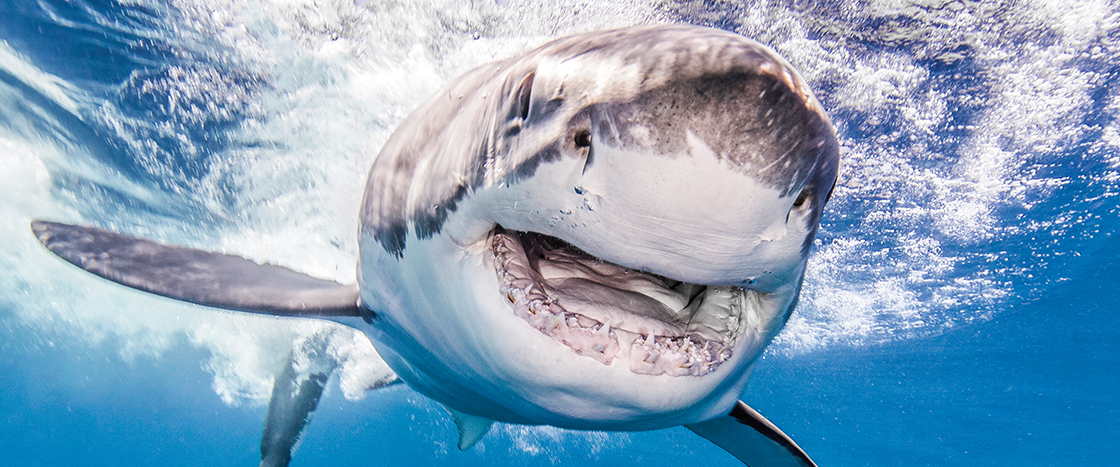Courtesy of Troy Gaston
Vincent Raoult
Sharks are the ocean’s top predators. But every year, an estimated 20 million sharks die after getting caught in traps and nets meant for other fish. That’s one reason many shark species are at risk of dying out.
Vincent Raoult is an ecologist at the University of Newcastle in Australia. In 2017, fishers asked him to help keep sharks out of their traps. Raoult had a clever idea for a solution: magnets!
Sharks have tiny openings in their snouts. These openings allow sharks to sense magnetic fields, areas near a magnet affected by its pull. Scientists think sharks can detect the magnetic field produced by Earth’s iron core. That might help them navigate the oceans.
The strong pull produced by magnets is disturbing to sharks. “It’s like a really bad smell,” Raoult says. Could fitting fish traps with magnets repel, or drive away, sharks? Raoult set out to investigate.
Sharks are the ocean’s top hunters. Yet, they’re the ones being killed. About 20 million of them die every year. They get caught in fishers’ traps and nets by accident. That’s one reason many shark species are at risk of dying out.
Vincent Raoult is an ecologist. He works at the University of Newcastle. It’s in Australia. Fishers asked him for help in 2017. They wanted to keep sharks out of their traps. Raoult had a clever idea. He would use magnets!
Sharks have tiny openings in their snouts. These openings allow sharks to sense magnetic fields. Those are areas around a magnet affected by its pull. Scientists think sharks can detect Earth’s magnetic field. It comes from the planet’s iron core. The magnetic field might help sharks find their way around the oceans.
Magnets’ strong pull bothers sharks. “It’s like a really bad smell,” says Raoult. So, what would happen if fish traps had magnets? Would they repel, or drive away, sharks? Raoult set out to find out.

